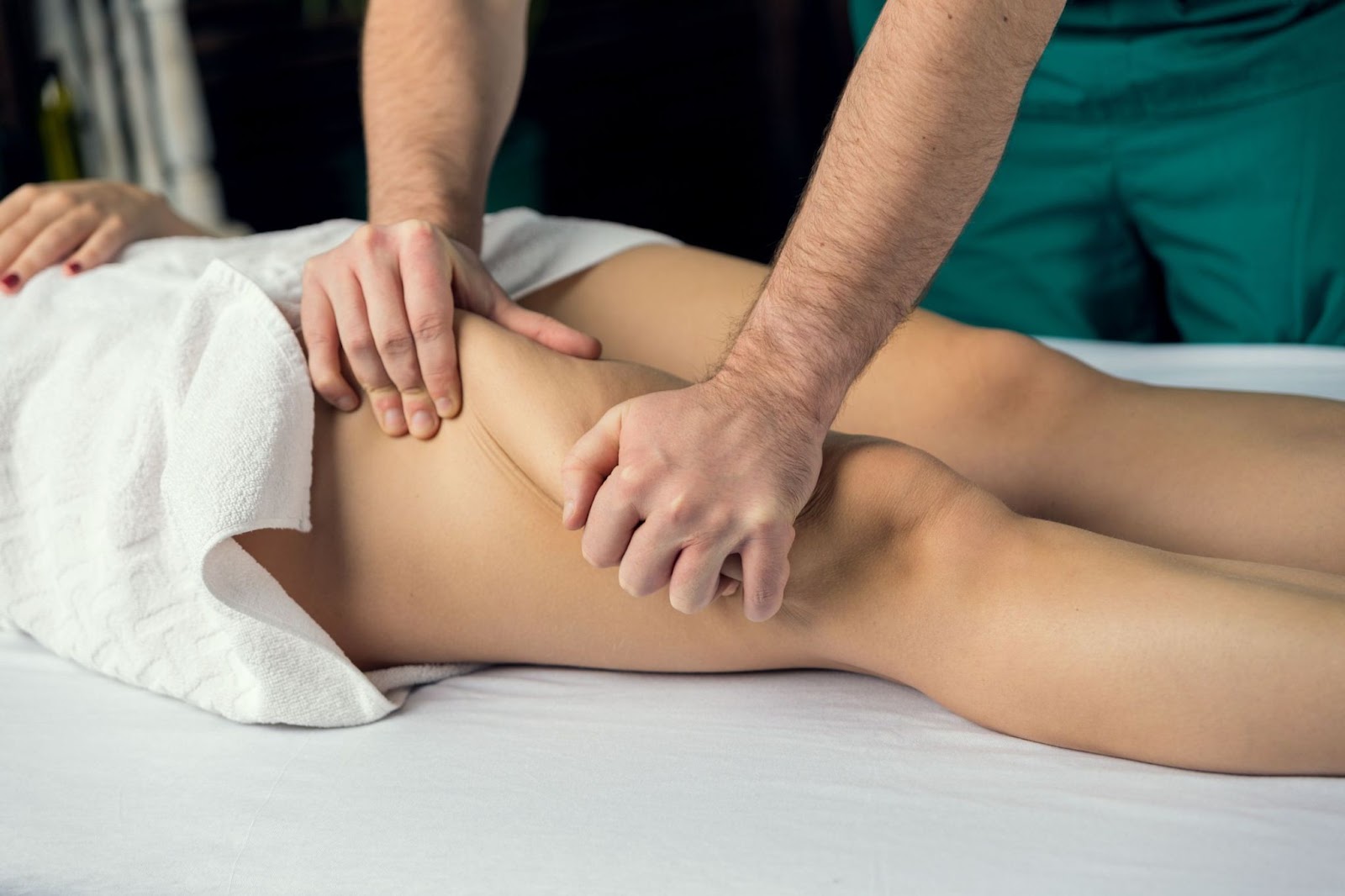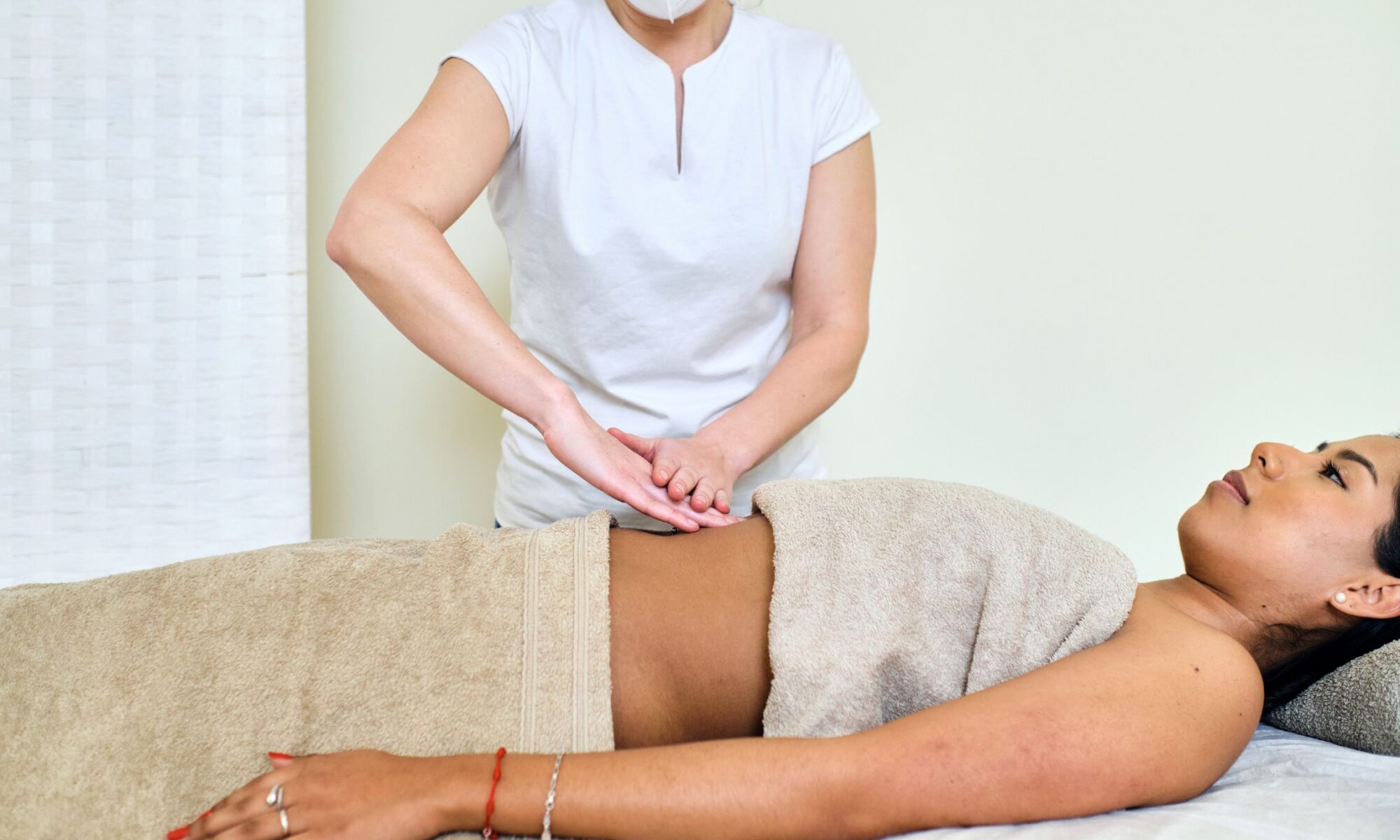The journey doesn’t end when treatment does for many cancer patients. The healing process continues long after surgery, radiation, or chemotherapy, and for some, post-treatment complications like lymphedema become a daily challenge.
One supportive therapy growing in importance is manual lymphatic drainage for lymphedema. The specialized technique is crucial in managing swelling, reducing discomfort, and helping survivors regain comfort and control over their bodies.
Safe, gentle, and effective, it has become a trusted therapy for those recovering after cancer. Let’s explore how lymphatic massage for cancer patients supports recovery, relieves symptoms, and enhances quality of life.
What Is Manual Lymphatic Drainage?
Manual drainage lymphatic massage is a highly specialized, hands-on technique designed to stimulate the flow of lymph fluid throughout the body. The lymphatic system transports waste, excess fluid, and immune cells.
Struggling with swelling, fatigue, or post-surgery recovery?
Book your personalized lymphatic drainage session today and experience natural, therapeutic healing that restores balance and promotes long-term wellness.
Book an AppointmentHowever, when it’s damaged, as it often is during cancer treatments like lymph node removal or radiation, lymph can collect in soft tissues, causing swelling known as lymphedema.
Manual lymphatic drainage for lymphedema uses light, rhythmic movements to guide stagnant lymph toward functioning lymph nodes, helping reduce swelling and discomfort.
Unlike a typical massage, it doesn’t involve deep pressure or muscle manipulation. Instead, it’s medically precise and tailored to the individual’s lymphatic needs.
How Cancer Treatment Affects the Lymphatic System
Cancer surgeries for breast, gynecological, melanoma, or prostate cancer often involve the removal of lymph nodes. Radiation can further impair lymph vessels. These treatments, while life-saving, can disrupt normal lymph flow, making it harder for the body to remove fluid from tissues.
The disruption leads to secondary lymphedema, which may appear days, months, or even years after treatment. Symptoms include:
- Swelling in the arms, legs, or chest
- Heaviness or tightness in limbs
- Restricted range of motion
- Aching, tenderness, or recurring infections
Manual lymphatic drainage for lymphedema is one of the most recommended, non-invasive approaches to managing the condition, and it’s supported by a growing body of clinical research.
Why Manual Lymphatic Drainage Is Safe and Effective

What makes lymphatic massage so valuable for cancer patients is its safety. Unlike traditional massage, which may be too intense or contraindicated for those in recovery, manual drainage techniques are adapted explicitly for compromised lymph systems.
The therapist uses feather-light, methodical strokes to move lymph without compressing delicate tissues. This reduces swelling and stimulates the lymph system without overwhelming it. In fact, studies have shown that manual lymphatic drainage for lymphedema can:
- Reduce limb volume
- Ease discomfort and heaviness
- Lower risk of infection
- Improve skin integrity
- Enhance overall function and quality of life
Lymphatic Massage as a Long-Term Support Tool
While lymphatic massage for cancer patients offers immediate relief, its benefits extend far beyond a single session. For individuals living with chronic or recurring lymphedema, routine care can help prevent flare-ups, reduce dependency on compression garments, and restore confidence in their bodies.
Manual drainage lymphatic massage can be combined with the following:
- Compression wrapping
- Gentle movement or physical therapy
- Skin care education to prevent infection
- Self-drainage techniques taught by a certified therapist
The integrative approach empowers patients to become active participants in their healing process.
Emotional and Psychological Benefits
Surviving cancer changes everything. For many, post-treatment recovery is both physical and emotional. The body may feel unfamiliar or fragile, and the presence of lymphedema can be a constant reminder of past illness.
Lymphatic massage for cancer patients offers a rare space of gentleness and reconnection. The therapeutic touch involved in manual drainage lymphatic massage helps patients reconnect with their bodies in a safe, non-invasive way.
It reduces anxiety, relieves stress, and provides emotional relief that complements physical healing. Many clients describe these sessions as a time to relax, reset, and feel supported, something often missing in the fast-paced clinical environment of cancer treatment.
What to Expect During a Session
A certified lymphatic therapist will first assess your health history, surgery details, and any signs of swelling. They’ll then design a tailored treatment plan that respects your unique condition.
During the session:
- You’ll lie comfortably while the therapist performs slow, light strokes across specific lymphatic pathways
- Focus will be on areas affected by treatment (e.g., arms after breast surgery, legs after pelvic surgery)
- The session is calm, quiet, and relaxing—never painful
- You may feel lighter or less swollen immediately afterward
Follow-up sessions may be scheduled weekly or monthly, depending on your needs.
Conclusion
The road to recovery after cancer is about restoration. Supporting your lymphatic system is an important part of that process. Whether you’re managing lymphedema or looking for ways to feel better in your body again, manual lymphatic drainage for lymphedema offers relief and renewal. At Lymphatic Therapy Services, we specialize in post-cancer care that meets you with compassion, skill, and individualized attention. If you’re ready to feel lighter, supported, and more at home in your body, we’re here to help.

